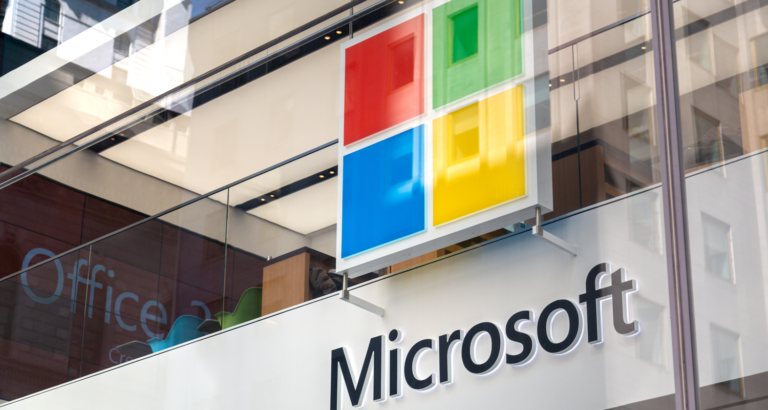In a recent interview, the ex-chief of Windows 8 shed light on the development and legacy of the controversial operating system. Windows 8 took risks, garnered mixed reviews and influences the IT landscape to this day.
Windows 8, released in 2012, was seen as a revolutionary new operating system that not only dealt with PCs (as its predecessor did) but also tablets. Many saw it as a bold move, given all the risks that were taken when creating the operating system. While there were mixed reviews, some thought the operating system was ahead of its time.
Windows 8 was the first iteration of Windows that did not have the iconic start menu in the bottom left of the screen, but rather a separate screen filled with live tiles. While it may have been frowned upon back in the day, in hindsight, it fits in perfectly with the current digital era, which heavily focuses on mobile devices.
Steven Sinofsky
In 2012, Windows Division President Steven Sinofsky helped release several iterations of the operating system. Shortly after the launch of Windows 8, Sinofsky left Microsoft. Ars Technica conducted an email interview with Sinofsky to uncover the driving force behind Windows 8.
“The whole point was to modernize computing on a PC to be in line with the modern computing experience on smartphones”, he said. “This could easily be seen as ‘catching up,’ but really, the whole design was about taking the essence of a PC and pushing it beyond smartphones: sharing between apps, advancing touchscreen typing, life files, file management, device support (printing!), and so on. That didn’t exist on smartphones.”
Windows 8 might not have received significant recognition during its release, but the iteration played a considerable role in defining how operating systems are designed today.
Tip: Microsoft launches Teams Premium, Places and DaaS for Windows 11
